As a cocoa brand, we take great pride in the quality of our beans and the delicious chocolate that is made from them. One of the most important steps in making amazing chocolate is roasting the cocoa beans. Roasting is a crucial step in chocolate production and plays an important role in flavor development. In this blog post, we explore the importance of roasting the cocoa beans and how it affects the taste and aroma of the chocolate.
Roasting removes unwanted flavors
First of all, roasting is important to remove unwanted flavors and odors. Cocoa beans naturally contain a variety of flavors and aromas, some of which are undesirable in chocolate. Roasting removes these unwanted flavors, allowing the natural flavor and aromas of the cocoa beans to shine through. This is particularly important for producing high quality chocolate as it ensures the end product has a pure, unadulterated taste.
The roasting of the cocoa beans creates a complex aroma
Roasting also helps develop the chocolate's complex flavors and aromas. The heat and duration of roasting affects the chemical reactions that take place in the cocoa beans. These reactions release compounds known as flavor precursors, which are responsible for chocolate's unique and complex flavors and aromas. The longer and hotter the roasting process, the more flavor precursors are released, resulting in a more complex and nuanced flavor profile. Therefore, a chocolate made from longer roasted beans will have a more complex flavor than one made from shorter roasted beans.
Gentle roasting makes chocolate creamier
Roasting also plays a role in the texture of the chocolate. The heat and duration of the roast affects the moisture content of the cocoa beans, which in turn affects the texture of the chocolate. A longer and hotter roasting process results in a drier, crumblier texture, while a shorter and cooler roasting process results in a softer, creamier texture. This is why different chocolates have different textures, even if they are made from the same variety of cocoa beans.
Roasting ensures quality and achieves consistent results
Roasting also contributes to a consistent flavor profile. Different batches of cocoa beans may have different tastes and aromas. This is due to factors such as the location and climate where the beans were grown, the species of tree the beans come from, and the degree of maturity at which the beans were harvested. Roasting helps smooth out these differences so that chocolate from different batches of cocoa beans has a consistent flavor profile.
Roasting cocoa beans removes bacteria and mold!
Finally, roasting also plays a role in the overall quality of the chocolate. A proper roasting process ensures that the chocolate is free of bacteria, mold and other contaminants, making it safe to consume. It also ensures that the chocolate has a smooth texture and a rich, complex flavor profile.
Raw cocoa is nonsense - only through roasting does cocoa become what we love
In summary, roasting is a crucial step in chocolate production and plays an important role in flavor development. It helps eliminate unwanted flavors and aromas, develop complex flavors and aromas, and create a consistent flavor profile. It also affects the texture and overall quality of the chocolate. With our cocoa brand, we take great care when roasting to ensure our chocolate is of the highest quality. We hope this blog post has contributed to a deeper understanding of the importance of roasting cocoa beans and how it affects the taste and aroma of chocolate.
I drank while writing:Chuncho from Peru🇵🇪




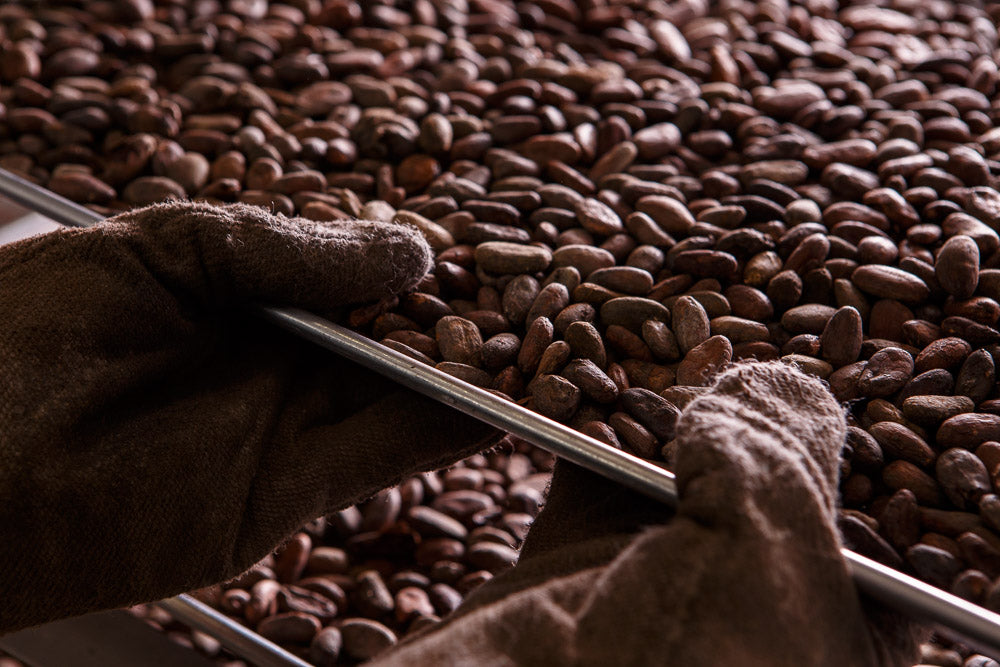
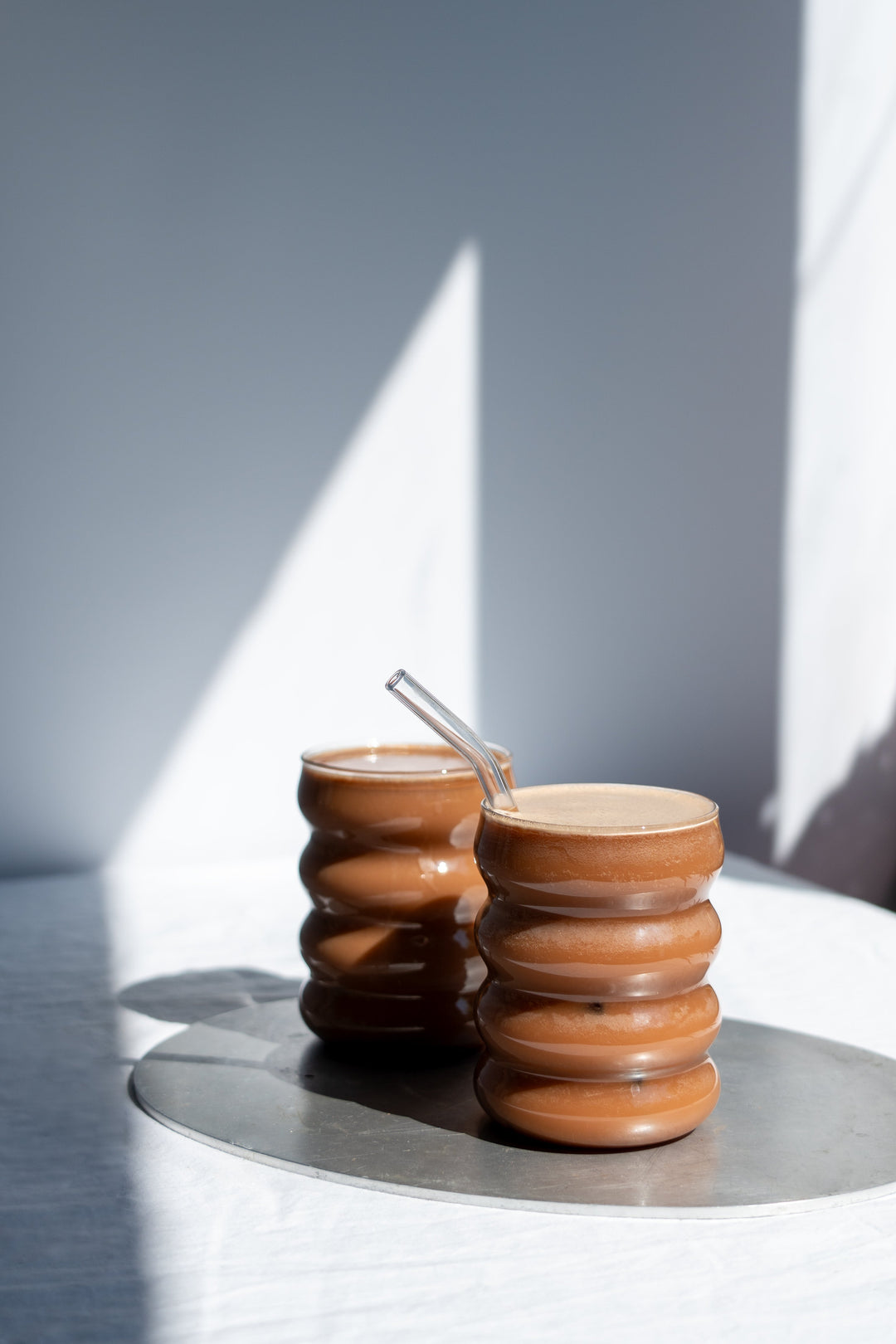
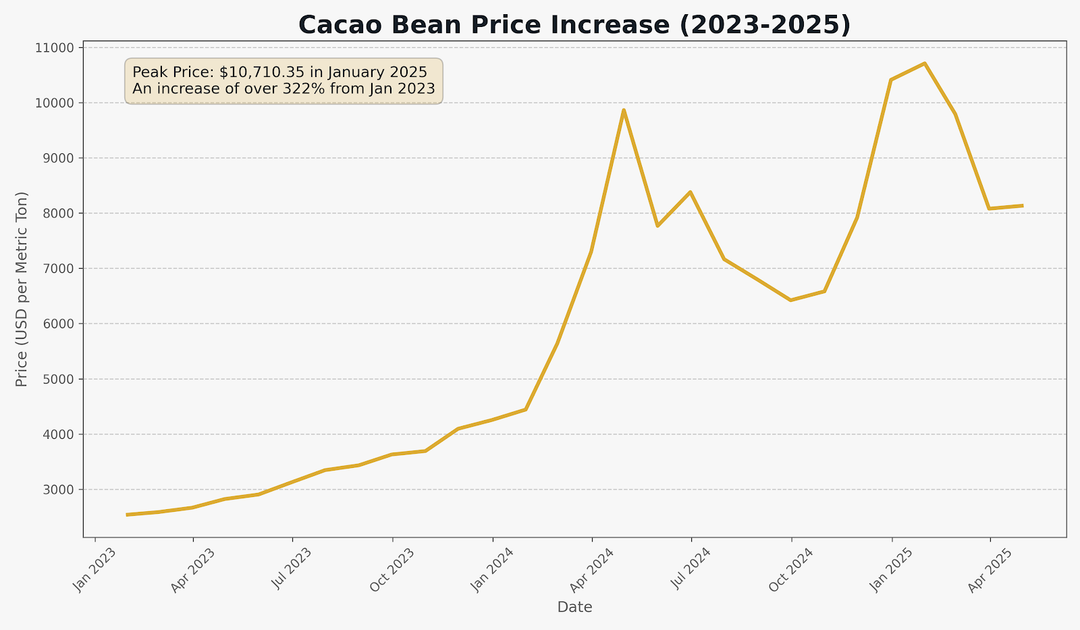
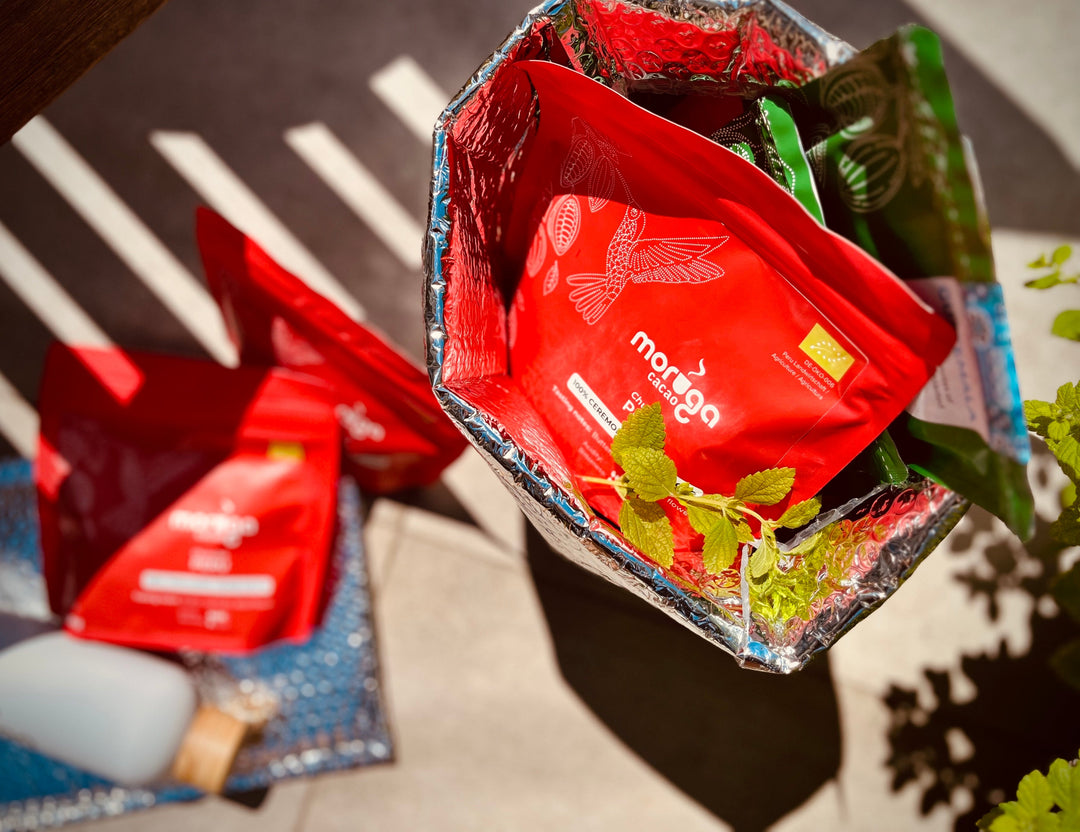
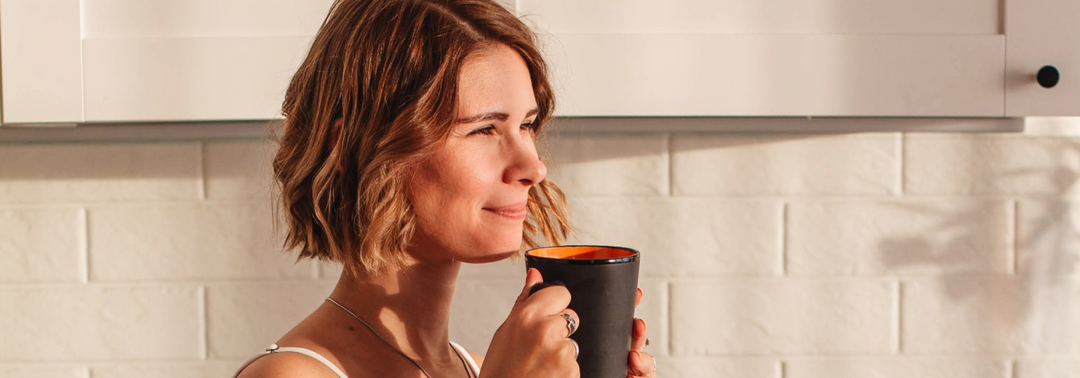
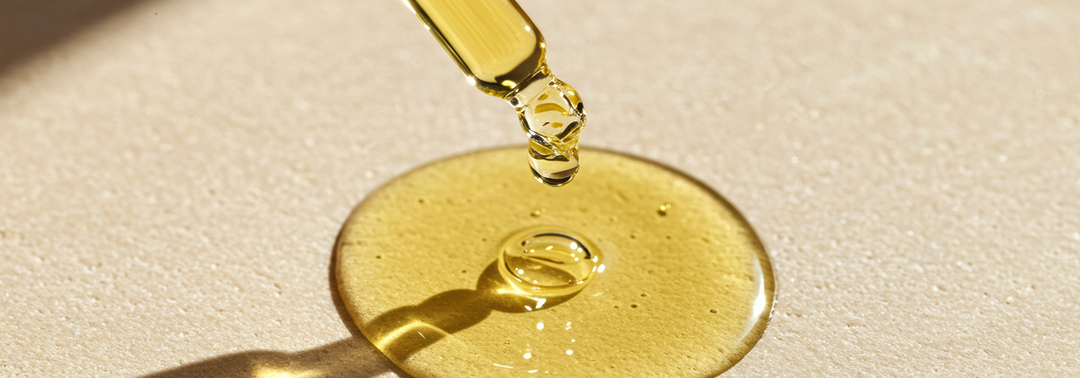
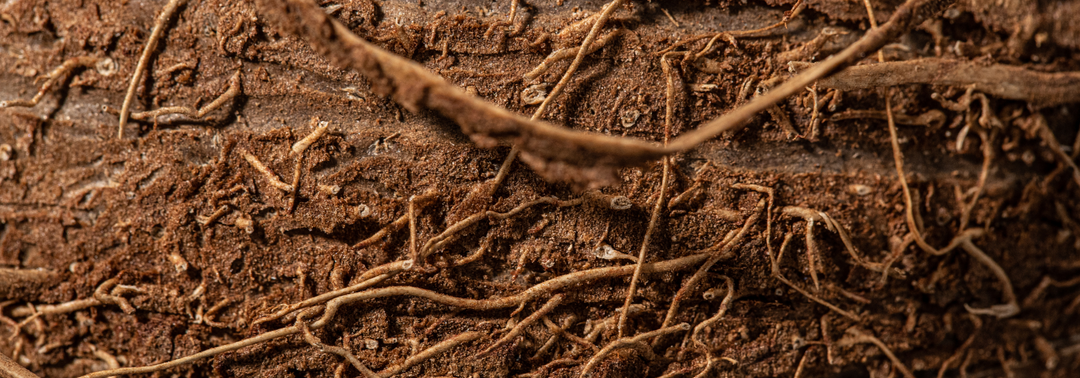
Leave a comment